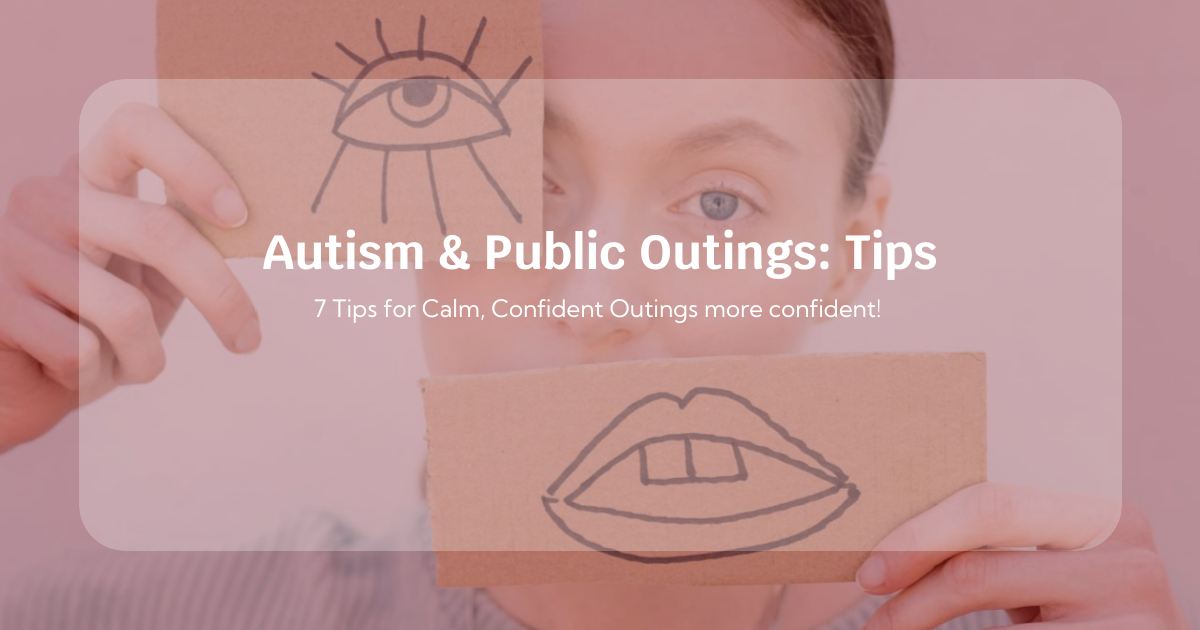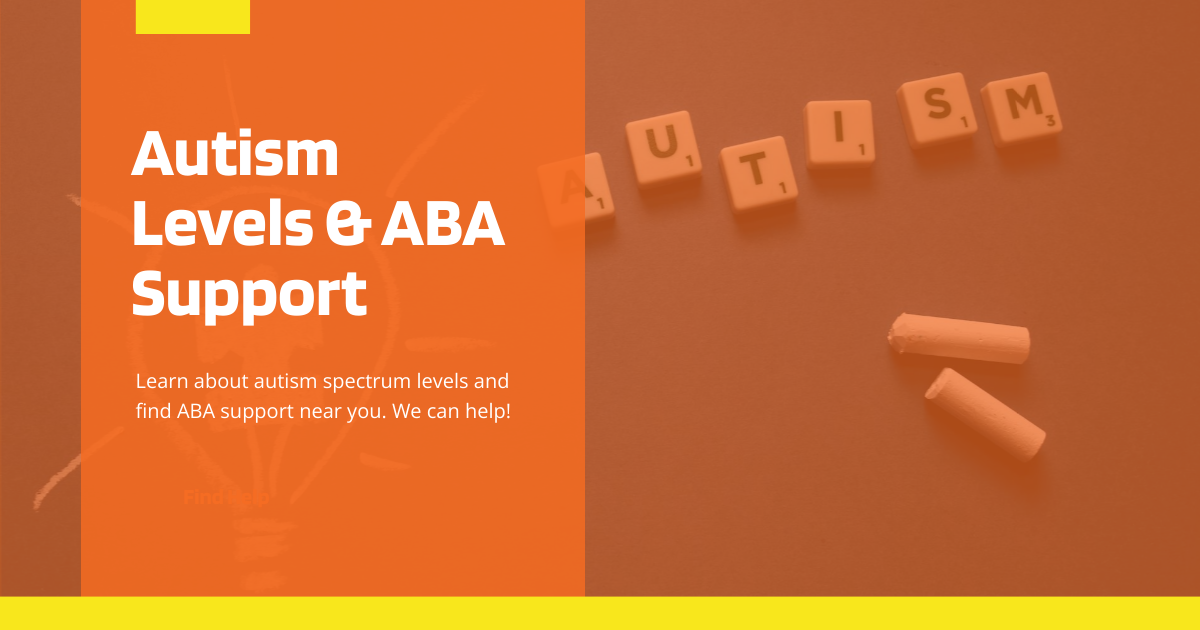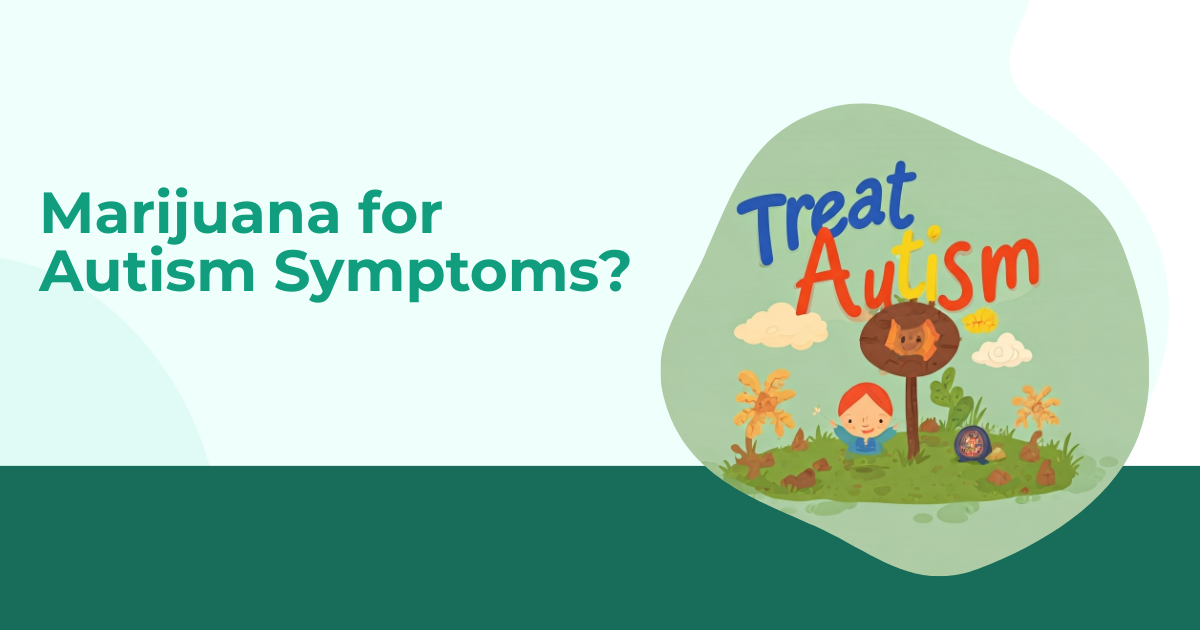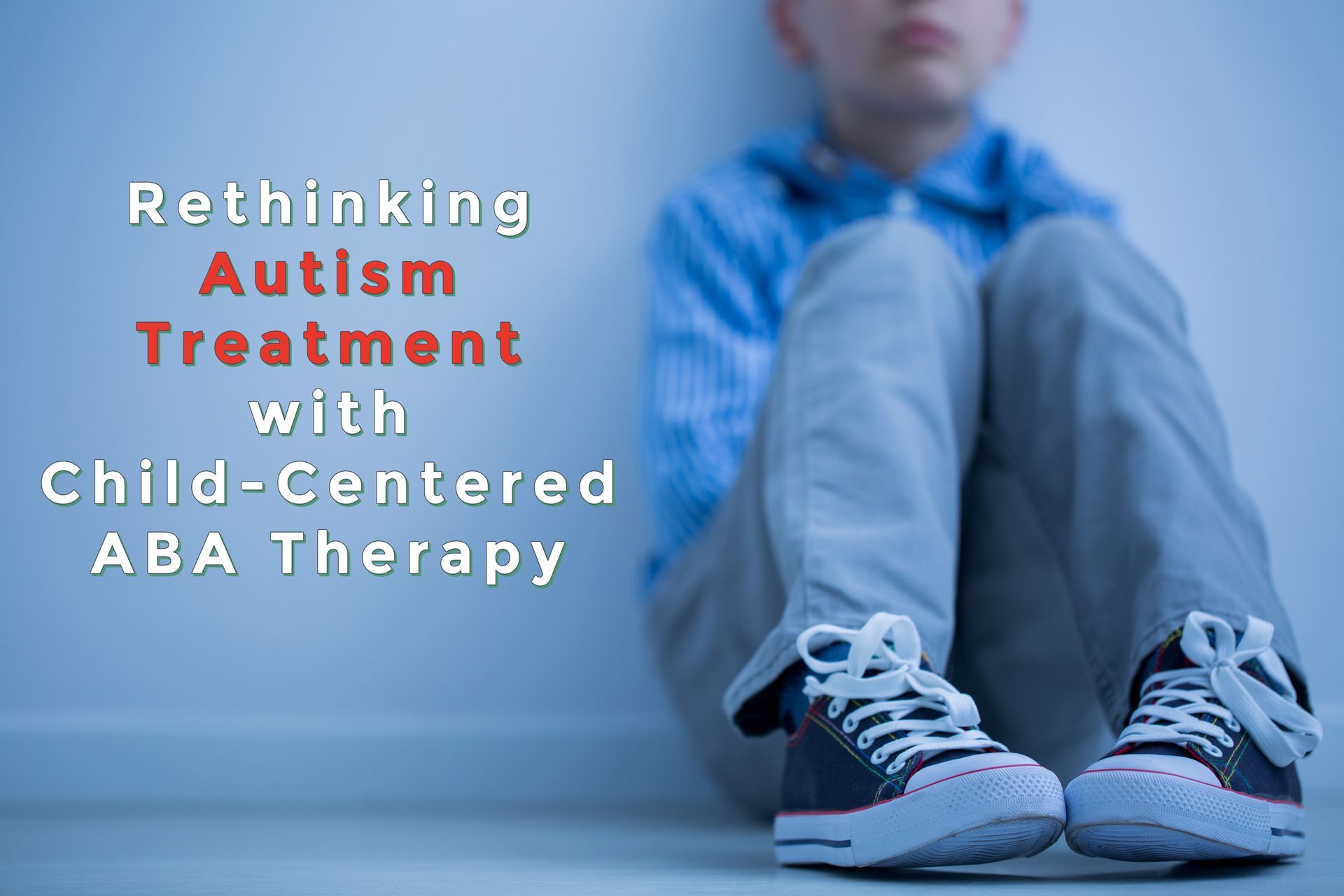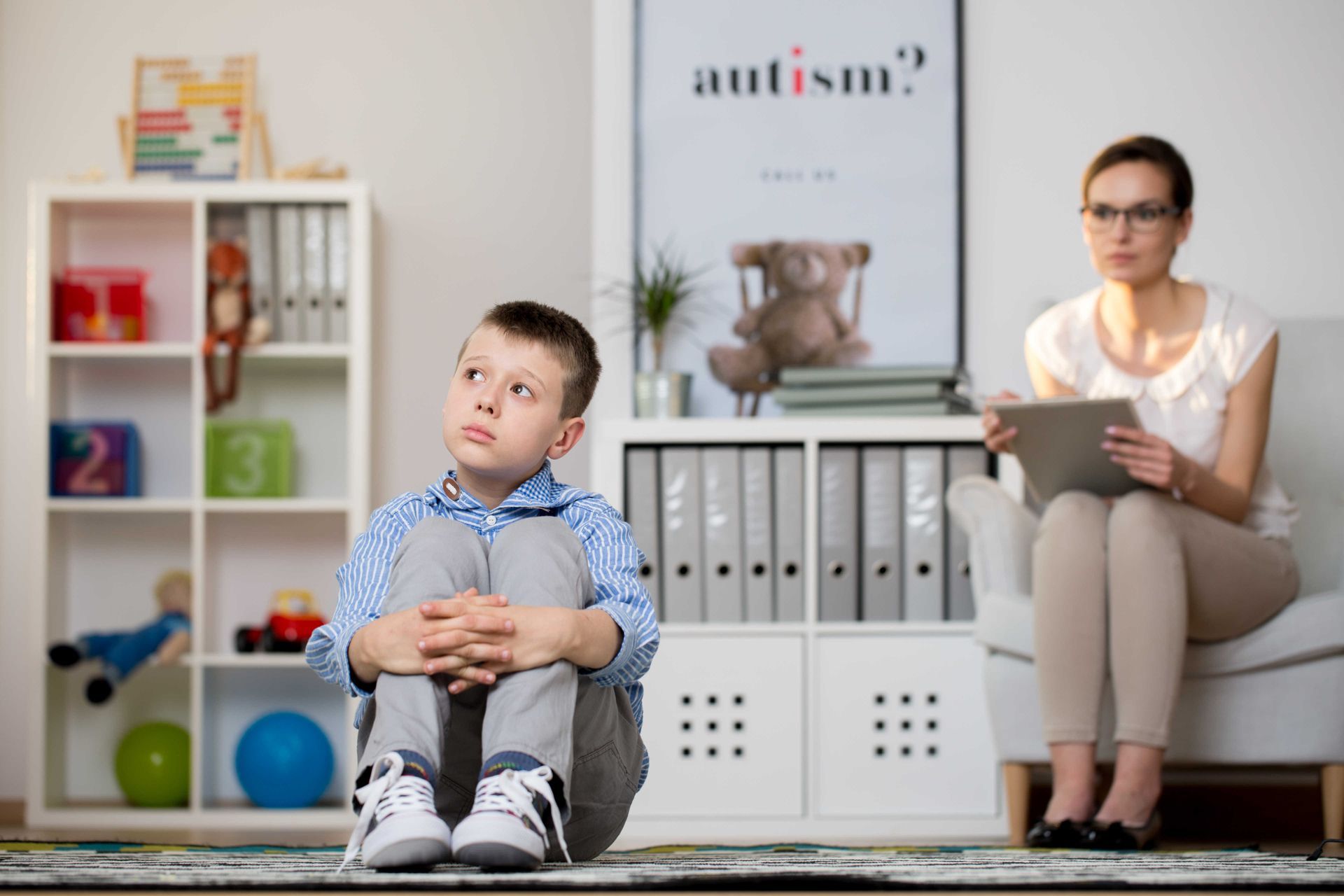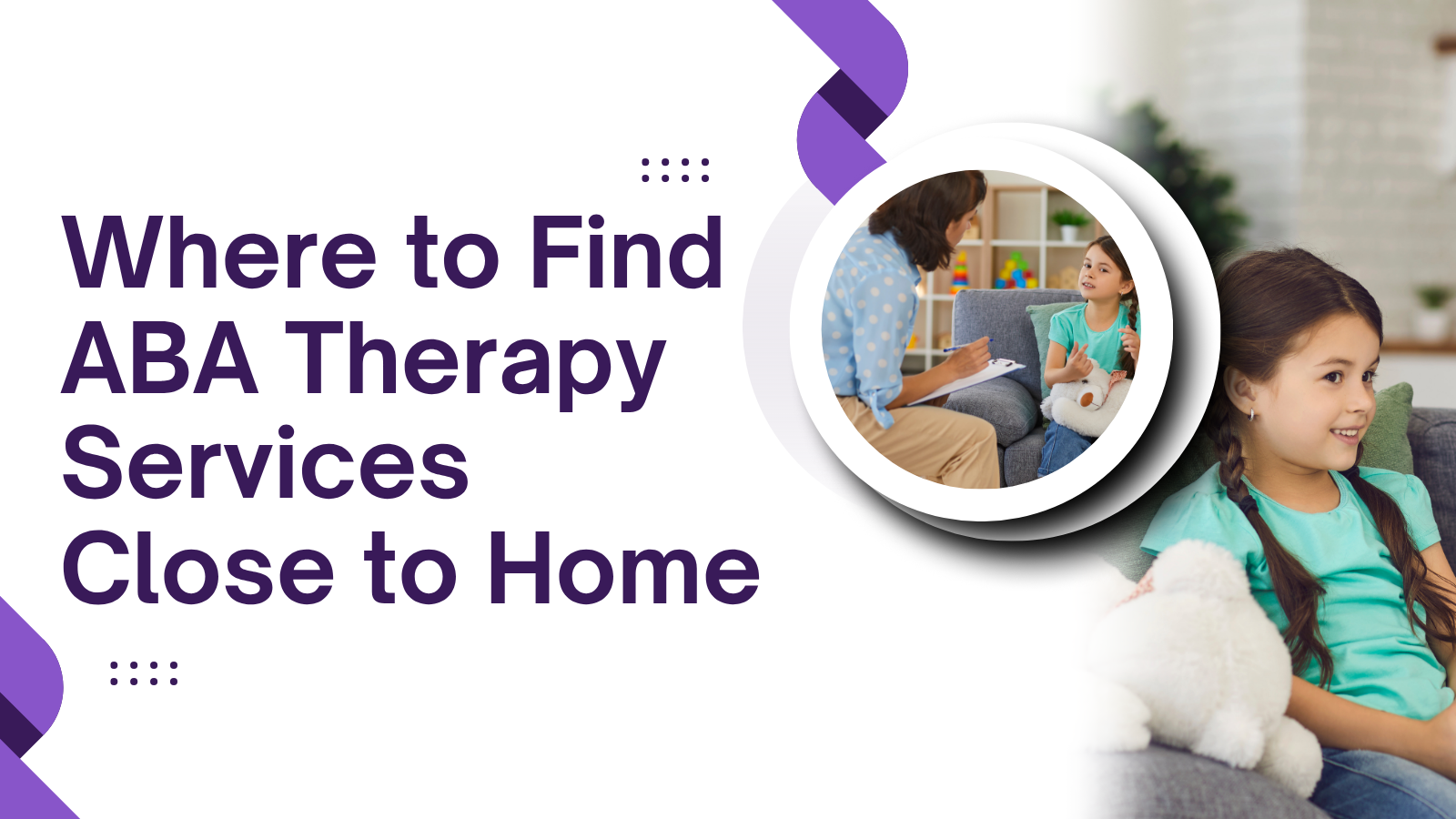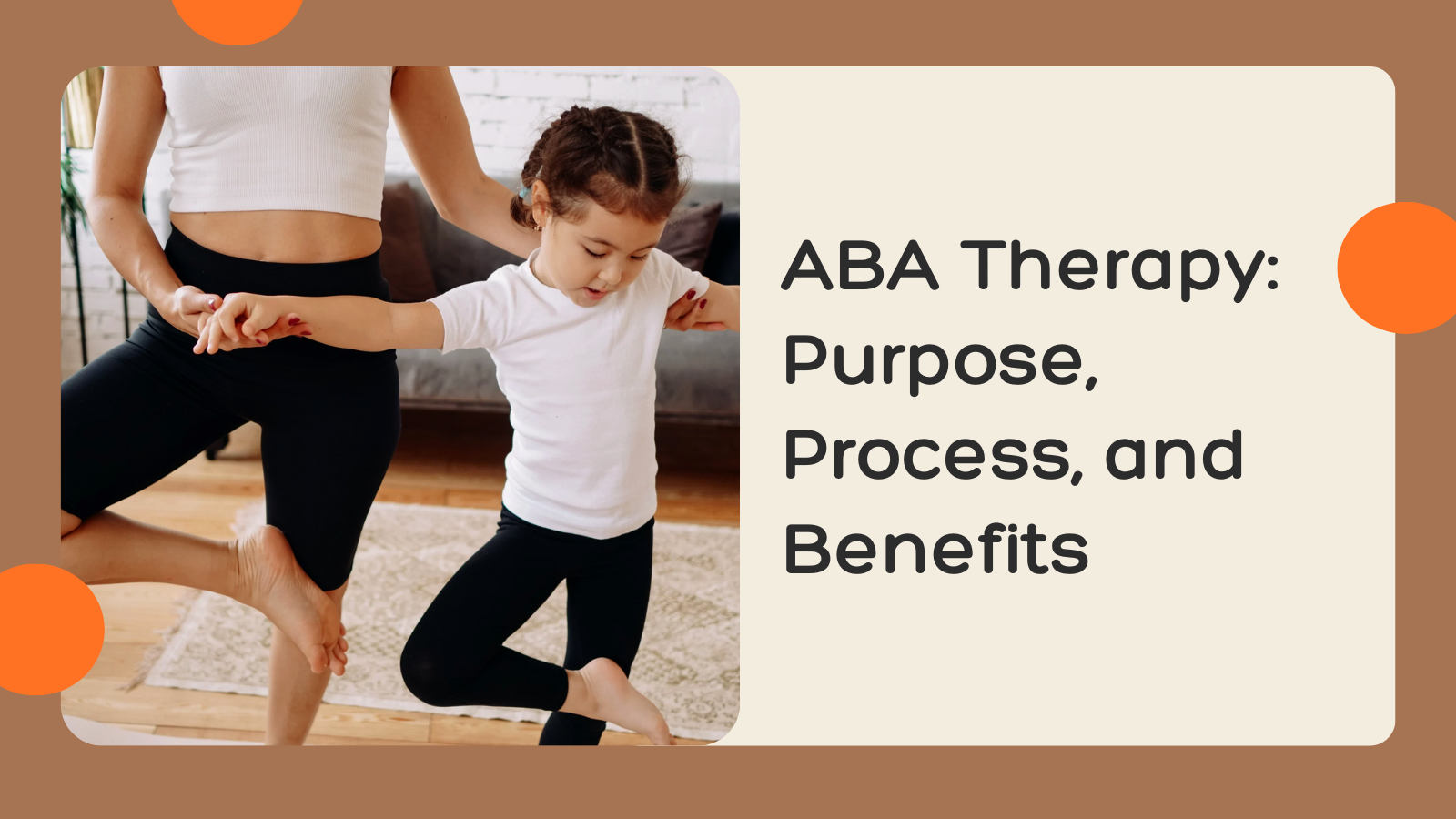A Doctor Explains Why Autism in Girls Is Frequently Misdiagnosed

For years, professionals and families alike have recognized a critical gap in how developmental conditions are identified—particularly when it comes to autism in young girls. Despite increasing awareness, many girls are either misdiagnosed or go undiagnosed for years. According to leading experts in developmental psychology and behavioral science, this is not due to a lack of symptoms but rather because those symptoms often manifest differently in girls than in boys.
In this article, a developmental pediatrician unpacks the reasons behind the misdiagnosis of autism in young girls, what signs are frequently overlooked, and how tools like aba applied behavior analysis can play a transformative role in providing the right support.
Why the Diagnostic Criteria Fall Short
Most diagnostic tools and clinical descriptions of autism were developed based on studies predominantly involving boys. As a result, the current diagnostic criteria tend to reflect male presentations of behavioral traits. This gender-skewed framework contributes to a major diagnostic blind spot for girls.
Girls are more likely to display internalized behaviors such as anxiety, extreme shyness, or obsessive interests in socially acceptable topics (e.g., animals, celebrities, or books). These behaviors may not immediately raise concern among caregivers or educators, especially when the child is performing well academically or appearing socially engaged on the surface.
In contrast, boys more often display outward behaviors that trigger evaluation sooner—such as repetitive movements or overt communication challenges. Therefore, autism in young girls often remains hidden behind a mask of social conformity and verbal ability.
The Masking Phenomenon
One of the primary reasons why many girls are misdiagnosed is the phenomenon of "masking." Girls tend to be more adept at mimicking social behaviors, even if they don’t fully understand them. They learn to copy peers, rehearse social scripts, and force themselves into social situations that feel uncomfortable—all to appear "normal."
This ability to camouflage symptoms can come at a great cost. While the outside world may see a high-functioning, quiet, and polite child, internally, the girl may struggle with intense anxiety, confusion, and emotional exhaustion. Over time, this leads to secondary conditions such as depression, eating disorders, and even self-harm.
A misdiagnosis or late diagnosis of autism in young girls means these issues may be treated as isolated mental health disorders, missing the underlying cause.
Common Misdiagnoses for Girls on the Spectrum
Girls with undiagnosed autism often receive alternative diagnoses first. These can include:
- Generalized Anxiety Disorder
- Obsessive Compulsive Disorder (OCD)
- Attention Deficit Hyperactivity Disorder (ADHD)
- Social Anxiety
- Selective Mutism
While these conditions may coexist, the root cause—autism in young girls—remains unaddressed without a comprehensive behavioral evaluation.
Behavioral Signs That May Go Unnoticed
Here are some subtle yet critical signs that doctors and educators may miss:
- Intense interest in socially acceptable subjects (e.g., animals or books) but with an obsessive level of detail.
- Hyper-awareness of social norms but difficulty applying them appropriately.
- Imitating others to fit in, often without genuine understanding.
- Strong resistance to change, which may be seen as stubbornness or anxiety.
- Preference for routines, including inflexible habits around food, clothing, or daily tasks.
- Excessive rule-following, beyond what’s expected for their age.
These characteristics often do not align with the more visible traits typically associated with developmental challenges in boys.
The Role of Early Screening and Education
Early screening is vital to identifying and treating autism in young girls. Pediatricians recommend starting assessments as early as 18 months, especially if a child displays delayed social communication or behavioral rigidity. However, because many girls meet basic developmental milestones—like language and eye contact—they may not trigger concern during routine check-ups.
Educators and school counselors also play a crucial role. Training school staff to recognize non-obvious signs and refer for assessments is essential. In states like Maryland, increasing awareness among school systems is slowly improving identification rates, with help from local resources and specialized centers.
How ABA Therapy Helps Girls Thrive
Once a diagnosis is made, timely intervention is key. ABA applied behavior analysis is one of the most effective, research-backed strategies used to support individuals with developmental conditions. This therapeutic approach breaks down behaviors into measurable components and teaches skills through repetition and reinforcement.
Girls benefit greatly from aba behavior analysis when the program is tailored to address their unique challenges—such as social communication, emotional regulation, and managing anxiety in peer relationships. The ability to apply structured behavioral interventions in home and school environments makes ABA both flexible and effective.
Several aba companies Maryland now offer personalized therapy options for girls, including female therapists and peer group training sessions, ensuring a safe and relatable space for learning.
Why a Gender-Informed Approach Matters
When professionals understand the gender-specific manifestations of developmental challenges, the quality of care dramatically improves. A gender-informed diagnostic and treatment plan allows girls to receive accurate evaluations and meaningful support. For instance:
- Speech and language assessments may focus more on pragmatic language (social use of language) than vocabulary.
- Behavioral evaluations may emphasize social-emotional masking strategies and internal coping mechanisms.
- Customized ABA therapy plans can incorporate interests and learning styles that resonate more with girls.
By understanding that autism in young girls often looks different than in boys, clinicians and therapists can avoid the trap of underdiagnosis and missed intervention opportunities.
Supporting Parents Through the Journey
Parents are often the first to notice that something feels "different," even if it’s not clearly identifiable. If your child shows signs like persistent anxiety, social withdrawal, or emotional rigidity—especially in comparison to same-aged peers—it’s important to consult a specialist.
Parents in Maryland can benefit from a growing network of aba companies Maryland that offer diagnostic support, individualized education plans (IEPs), and home-based interventions.
Connecting with other parents facing similar experiences can also provide validation and community. Parent coaching, support groups, and educational resources can ease the emotional burden and help families advocate more effectively for their daughters.
The Path Forward
As awareness grows, more professionals are taking a closer look at how developmental conditions present in girls. With proper training, early assessments, and the right interventions like aba autism therapy Maryland, the landscape is gradually changing.
Misdiagnosis delays the support that many girls desperately need—but it’s never too late to start. Recognizing the signs, asking the right questions, and engaging qualified professionals are the first steps toward giving every child the opportunity to reach their full potential.
Final Thoughts from the Doctor
“I’ve seen too many girls come into my clinic with years of misdiagnoses,” says Dr. Elise Morgan, a developmental pediatrician specializing in early childhood evaluations. “Once we peel back the layers—often with help from aba applied behavior analysis assessments—we uncover the real story. These girls aren’t just shy or anxious. They’re bright minds navigating a world that doesn’t fully understand them. But when we understand them, we can help them thrive.”
It’s time we shift our lens and recognize that autism in young girls is real, nuanced, and deserving of our full attention.
Ready for the next step? Able Minds ABA is just a message away.
FAQs
Why is autism in young girls frequently misdiagnosed?
Autism in young girls is often misdiagnosed because the current diagnostic criteria are largely based on how symptoms present in boys. Girls tend to mask their challenges by imitating social behaviors, which can make their differences less noticeable. Their symptoms often manifest as anxiety, perfectionism, or obsessive interests in socially acceptable topics, which can be mistaken for other conditions like OCD or social anxiety.
What are some early signs of autism in young girls that parents and doctors might overlook?
Some commonly overlooked signs include a strong desire for routine, intense but socially accepted interests, challenges with unstructured social situations, and copying others to fit in. These traits may not raise red flags unless observed through a gender-informed lens. Early intervention based on these subtle signs can be crucial for long-term support.
How does ABA applied behavior analysis help girls after a diagnosis?
ABA applied behavior analysis focuses on breaking complex skills into manageable steps and reinforcing positive behaviors. For girls, ABA therapy can help with emotional regulation, social interaction, and reducing anxiety related to peer dynamics. When tailored appropriately, ABA strategies address specific behavioral patterns and help build confidence and independence.
Can girls benefit from the same ABA therapy techniques used for boys?
While the core principles of ABA behavior analysis are consistent for all children, the approach must be customized. Girls often need support in areas like social reciprocity, interpreting subtle social cues, and managing internalized stress. Many ABA companies in Maryland provide personalized programs that account for these differences, ensuring that girls receive effective and compassionate care.
What are some of the common misdiagnoses girls with autism receive?
Girls with undiagnosed autism are frequently misdiagnosed with anxiety disorders, OCD, ADHD, or selective mutism. These labels often overlook the underlying developmental condition, delaying access to appropriate interventions like ABA autism therapy in Maryland, which could make a significant difference in the child’s daily functioning.
What should I do if I suspect autism in my young daughter, but she seems socially aware?
If you notice signs like emotional exhaustion after social interactions, rigid thinking, or extreme adherence to routines, it’s important to consult a specialist in developmental evaluations. Girls often appear socially competent but may be using coping mechanisms that mask deeper struggles. A comprehensive behavioral assessment, including tools used in ABA applied behavior analysis, can provide clearer insights.




